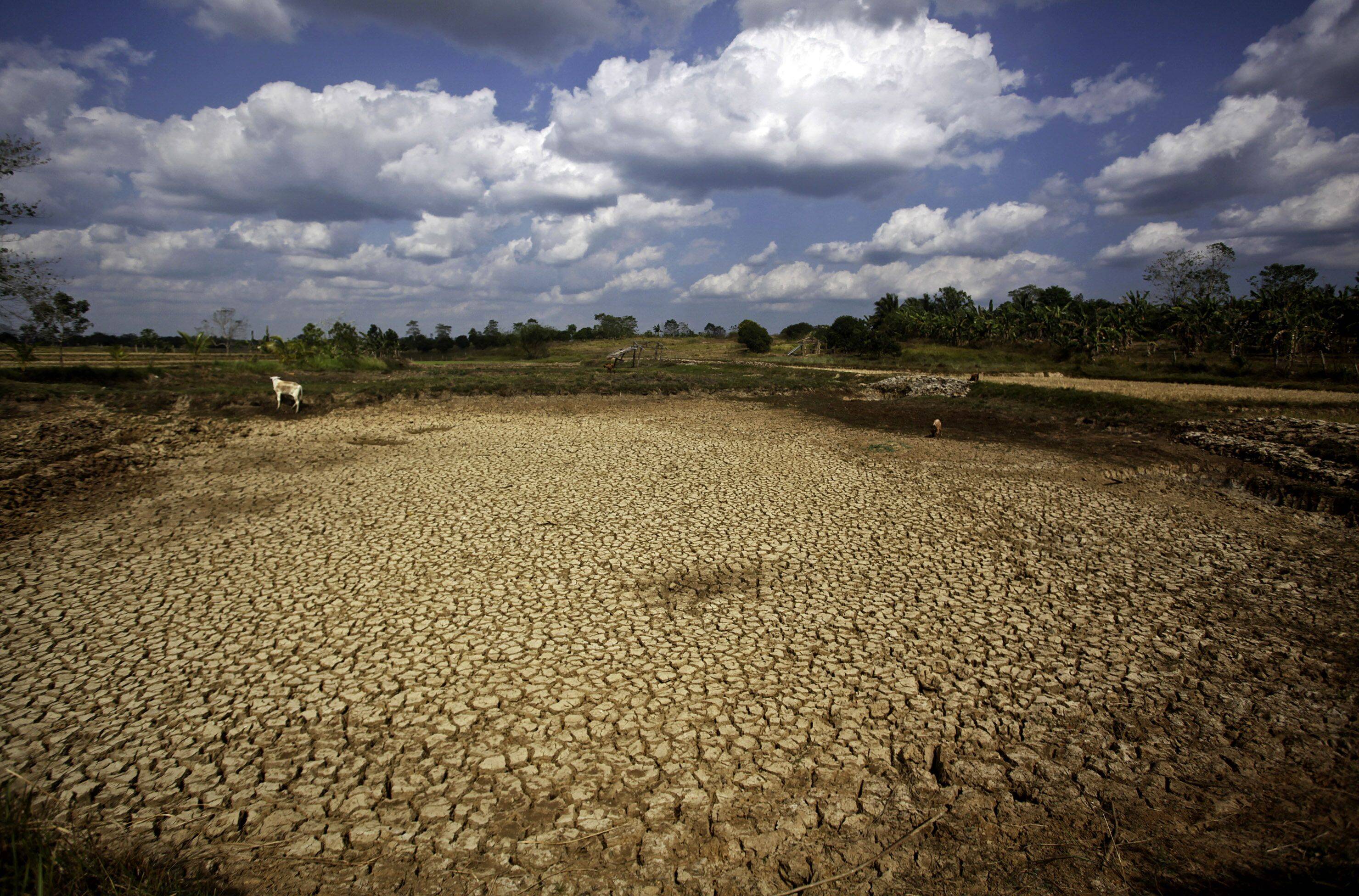Damage from El Nino-related extreme weather, in crop losses, flooding, wildfires and civil unrest, can cost tens of billions of dollars in direct impacts over a period of months or a year. New research suggests that the real cost is much higher — in the trillions — because conventional accounting fails to recognize "persistent” shortfalls in gross domestic product that unspool over several years and are harder to identify.
The paper, by Dartmouth Earth system scientists Christopher Callahan and Justin Mankin and published today in the journal Science, comes at an auspicious time. The U.S. Climate Prediction Center earlier this month raised odds beyond 90% that an El Nino weather pattern will form later this year. These episodes, which occur every several years, can bring everything from hot and dry weather to Australia, wildfires to Indonesia, rain to parched East Africa, a lighter Atlantic hurricane season, winter blizzards in the U.S. Northeast and mortal heat to coral reefs.
With the world 1.2 C hotter than it was before industrialization, El Nino now practically guarantees record heat, and the U.N. World Meteorological Organization gives a 98% chance one of the next five years will be the hottest recorded. El Nino — technically a warmer phase of the eastern equatorial Pacific Ocean — has become a kind of sneak preview for some extreme conditions that climate change may make commonplace in the years ahead.


















With your current subscription plan you can comment on stories. However, before writing your first comment, please create a display name in the Profile section of your subscriber account page.